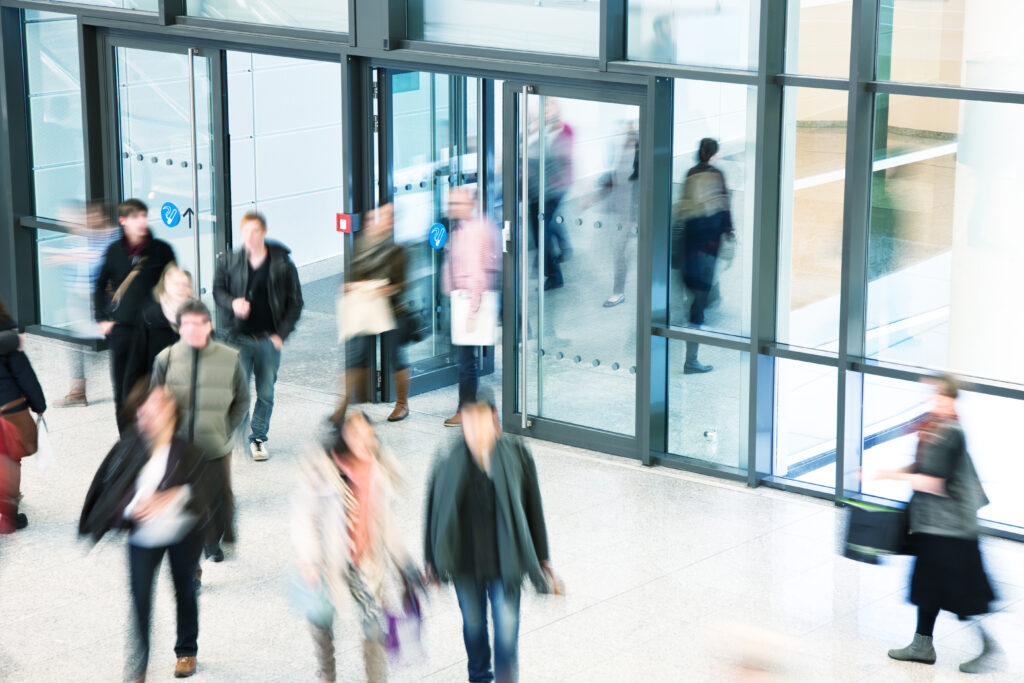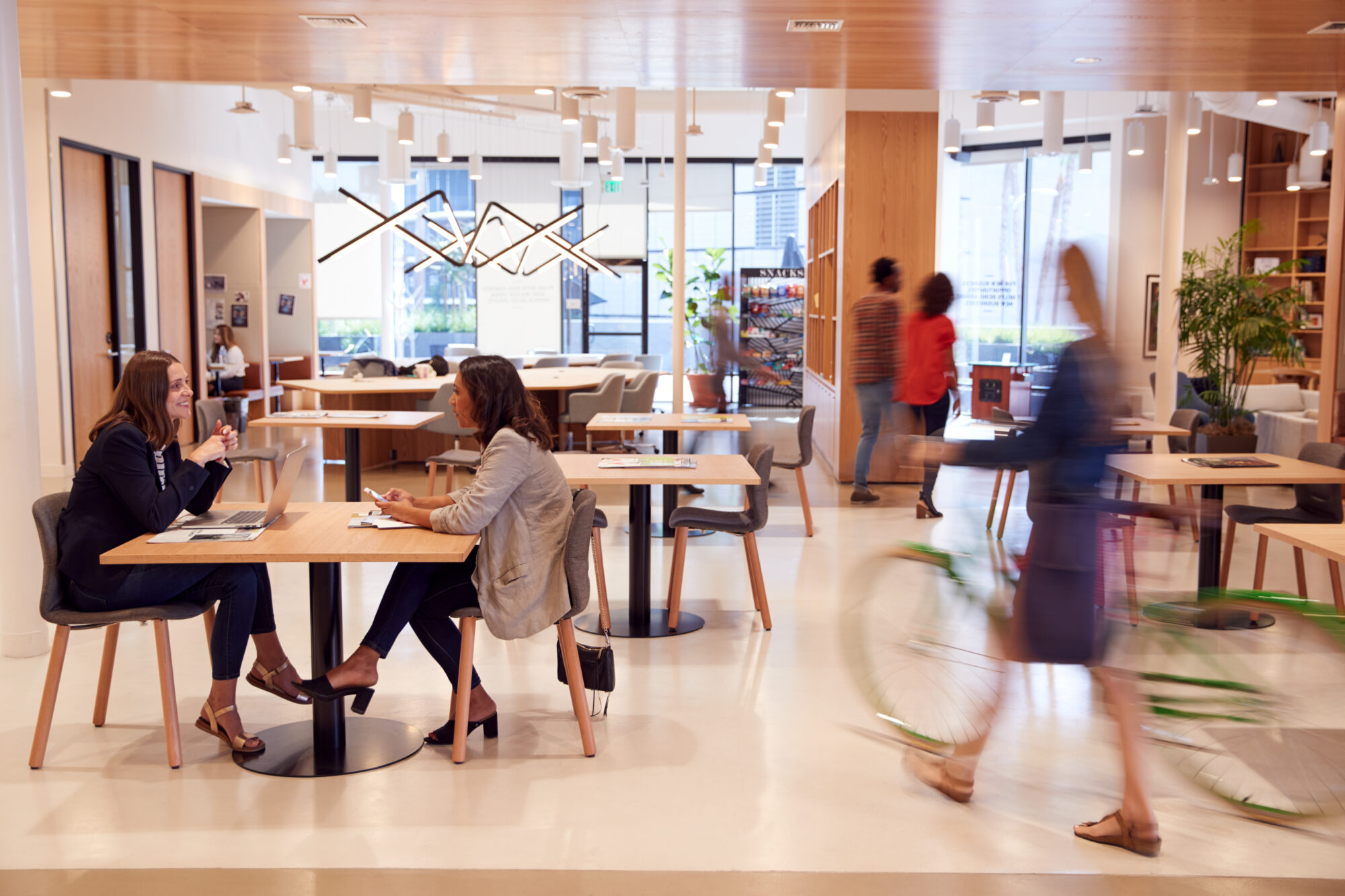Once considered tech for highly guarded government facilities and large conglomerates, automated access control is fast gaining momentum in the small, and medium-sized enterprise realm. According to a Research and Markets report, the access control industry is projected to attain a global market value of $12.8 billion by 2025.
If you’re still stuck with dated physical access control, now might be the time to update. Here are handy pointers on how to choose the right building access control for your business to help kickstart your transition to automated access control.

Which Building Access Control System is Right for You?
Once implemented, a building access control system becomes your first line of defense against security breaches from unauthorized parties. That’s why it’s critical you choose the right one. Here are some pointers you need to consider to make sure you choose the right one for your premises:
Identify Your Security Needs
Every business has unique security needs. For instance, some businesses want to control not just access points, but also their building parameters too. So, identify what your external, internal, and critical security needs are to identify the right building access control system for your enterprise.
Familiarize with the Different Systems
Building access control systems can be either on-site or cloud-based. With on-site based systems, the server is usually installed on your premise. That means you need a dedicated space for it, an in-house IT team to update and manage it. With cloud-based systems, permissions are stored on the cloud and can be accessed from anywhere. Cloud-based systems have further evolved to allow mobile-based access, enabling you to control every element of your building’s security via your smartphone.
Identify the Right Point of Access Device for Your Premise
Building access control systems can be unlocked through traditional keycards; biometrics, such as fingerprint or the retina; or a smartphone. Each method of access has definite advantages, but also comes with downsides. For instance, traditional keycards eliminate the need for keys. However, they can also be duplicated, presenting security vulnerabilities. You’re better off with a mobile-based solution since you can leverage features such as single-sign-on, and eliminate the need to manually add or remove keycard permissions from your system.
Other Important Factors to Consider While Choosing an Access Control System:
- Integration with new or existing security systems: e.g. Video surveillance or visitor management systems
- Compatibility with the existing IT architecture: e.g., Can you reuse your existing access control panels?
- Scalability and advanced features: Your business and security technology are evolving fast. You need a system that can keep up
Why Transition to Building Access Control Systems?
Here’s why moving to a cloud-based building access control system is a more beneficial approach to security:

- Enhanced Security
Unlike physical access control systems, automated building access control systems will never mistakenly give out keys to the wrong parties.
Any individual who enters your premises must have the necessary credentials.
Integrating building access control systems with visitor management systems greatly enhances the security of your business.
- Increased Productivity
Through access control logs, small- and medium-sized business owners can track employee check-in and check-out times. This motivates employees to clock in and out as required, which is good for business.
You can also mitigate employee habits that negatively impact productivity and business growth such as unauthorized breaks during work. If you own a medium-sized business with multiple departments, building access control lets you eliminate time-wasting procedures. These procedures hinder productivity.
- Improved Visitor Experiences
Reliable building access control systems boast powerful scheduling and visitor management features that let you set specific access dates and times for visitors or allow guests to check themselves in.
As a result, guests no longer have to waste time at the front desk explaining who they’re or what they want. Receptionists receive them warmly from the word go because they were already expecting them.
This significantly improves visitor experiences, consequently forges better relationships with clients and associates.
Other Reasons to Adopt Building Access Control:
- Secure sensitive information
- Reduce inventory theft and accidents
- Remote access management
Choosing the Right Access Control System
The overwhelming number of building access control systems in the market can make it difficult for you to identify the right one. Hopefully, the pointers above will go a long way in helping you choose the right one.
Interested in enhancing the security of your business premises? Schedule a demo today to learn more about Genea’s building access control system.






